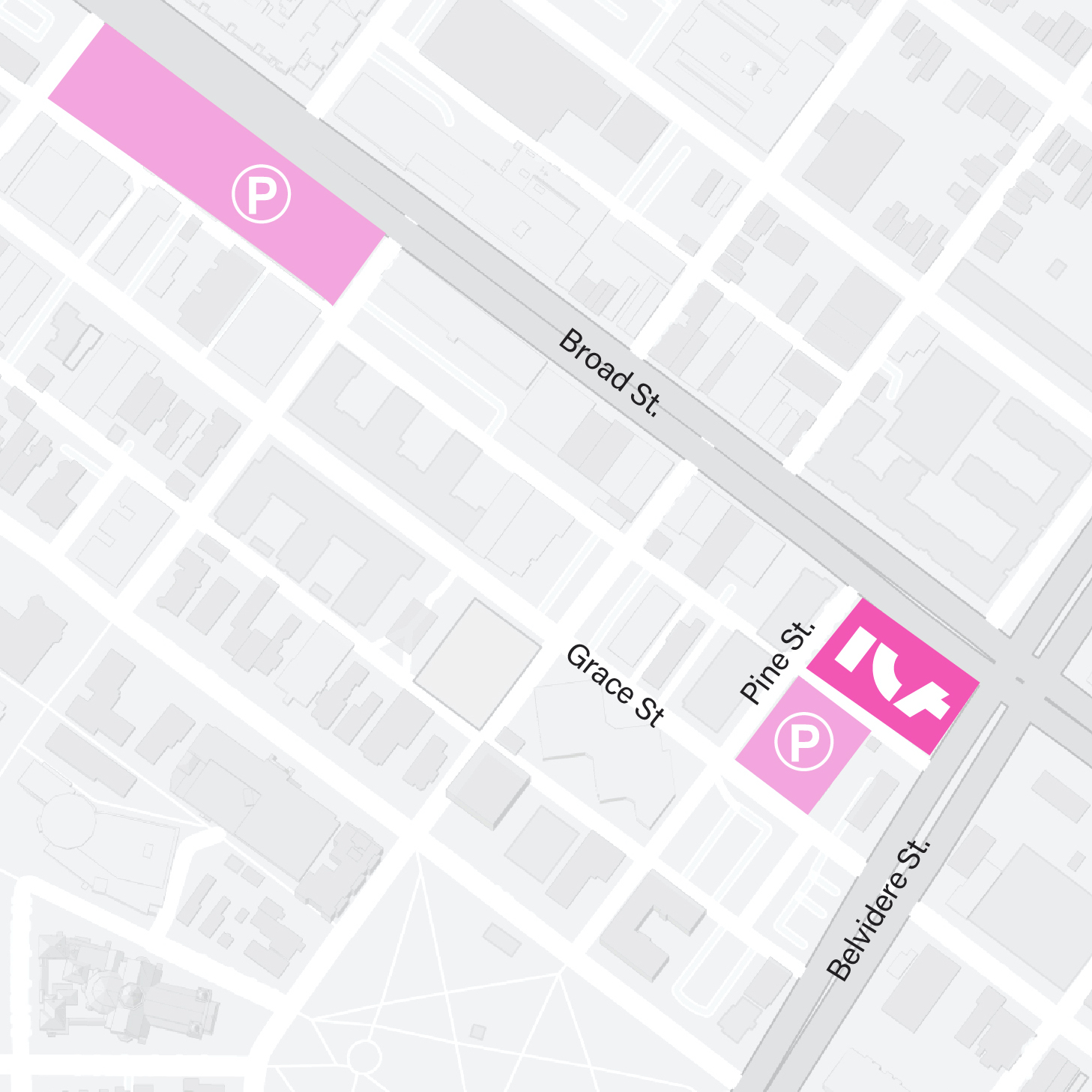Sila Chanto Belkis Ramírez: Aquí me quedo/Here I Stay. Photo by David Hale.


Sila Chanto Belkis Ramírez: Aquí me quedo/Here I Stay. Photo by David Hale.


Sila Chanto Belkis Ramírez: Aquí me quedo/Here I Stay. Photo by David Hale.


Sila Chanto Belkis Ramírez: Aquí me quedo/Here I Stay. Photo by David Hale.


Sila Chanto Belkis Ramírez: Aquí me quedo/Here I Stay. Photo by David Hale.


Sila Chanto Belkis Ramírez: Aquí me quedo/Here I Stay. Photo by David Hale.


Sila Chanto & Belkis Ramírez: Aquí me quedo/Here I Stay
May 6, 2022 – Jun 19, 2022
OVERVIEW
Aquí me quedo/Here I Stay is an exhibition featuring the work of Sila Chanto (Costa Rica, 1969-2015) and Belkis Ramírez (Dominican Republic, 1957-2019). Chanto, beginning in the 1990s, and Ramírez, beginning in the 1980s, radically transformed the language of printmaking. By introducing experimental techniques, both women advanced new ways of discussing the body, power relations, architecture, patriarchal violence, and environmental issues in deeply conservative and racist societies. This show is the first international revision of both artists’ works after their passing in 2015 and 2018, respectively.
This exhibition proposes a conversation between these two prominent artists from Central America and the Caribbean, stressing their remarkable intervention into misogynistic systems and male-dominant narratives. Their prolific bodies of work include drawings, installations, paintings, videos, and innovative prints using paper, fabric, and wood. The exhibition highlights their exploration of figure and form as well as pattern and texture.
Chanto’s revolutionary printmaking techniques involved scale, material, and installation previously unimagined for the form. Her work highlighted the body’s mark on the world by incorporating embodied memories onto public spaces. She portrayed ghostly imprints that address disenfranchisement and belonging, as well as the perishable and fragile nature of life.
In contrast, Ramírez’s printmaking and wood engraving often used abstract patterning to explore the vulnerability of the body. Using life-size human figures, her work also investigated gender stereotypes, sexual harassment against women, and the emotional and physical ramifications of migration and the representation of Caribbean bodies at large.
Both artists tended to work in large-scale prints and installations, often featuring life-size figures in compositions critical of male-dominated social narratives. Their works, emphasizing feminism and political dissent, brought the implications of these patriarchal societies to light for the viewer to understand their role in upholding such structures.
Aquí me quedo/Here I Stay is curated for the ICA by Miguel A. López. The exhibition is coordinated at the ICA at VCU by Executive Director Dominic Asmall Willsdon.
Miguel A. López (b. Lima, 1983) is a writer, researcher and curator. His work investigates collaborative dynamics and feminist re-articulations of art and culture in recent decades. Between 2015-2020 he worked at TEOR/éTica, Costa Rica, first as Chief Curator, and since 2018 as Co-director. He has published in periodicals such as Artforum, Afterall, ramona, E-flux journal, Art in America, Art Journal, Manifesta Journal, among others. He is the author of Ficciones disidentes en la tierra de la misoginia (Pesopluma, 2019) and Robar la historia. Contrarrelatos y prácticas artísticas de oposición (Metales Pesados, 2017). He has recently curated “Cecilia Vicuña, a retrospective exhibition” at Witte de With, Rotterdam, 2019, and MUAC-UNAM, Mexico City, 2020; and “Victoria Cabezas and Priscilla Monge: Give Me What You Ask For” at Americas Society, New York, 2019. In 2016 he was recipient of the Independent Vision Curatorial Award from ICI (Independent Curators International), New York.
Belkis Ramírez (Dominican Republic, 1957-2019), a trained artist and architect, began her practice in the late 1980s. Her early work included two-dimensional engraving, then sculptures and installations that critically explored racial and gender disparities of Dominican society. The characters in these works are often portrayed as outlined silhouettes in different positions, with most looking back at the spectator. The frequent depiction of human faces in Ramirez’s work
highlights the role played by normative visual models in social stratification.
Sila Chanto (Costa Rica, 1969-2015) began her practice in the early 1990s, a decade that marked the end of a period of war, guerrilla activity, and U.S. military intervention in Central America, as well as the introduction of neoliberal policies in Costa Rica. Chanto’s approach to engraving was influenced by her formative experiences in theater and body expression in the late 1980s. As a student, she was subject to the misogyny and sexism of the dominant patriarchal culture, and a desire to counter that culture influenced her work. Moving organically from drawing to painting, poetry to installation, textile printing to intervention in public space, Chanto focused on the body and its emotional and political boundaries in an attempt to disrupt ideas around traditional gender roles and power relations.

 Closed
Closed

 Area Map
Area Map  Parking
Parking